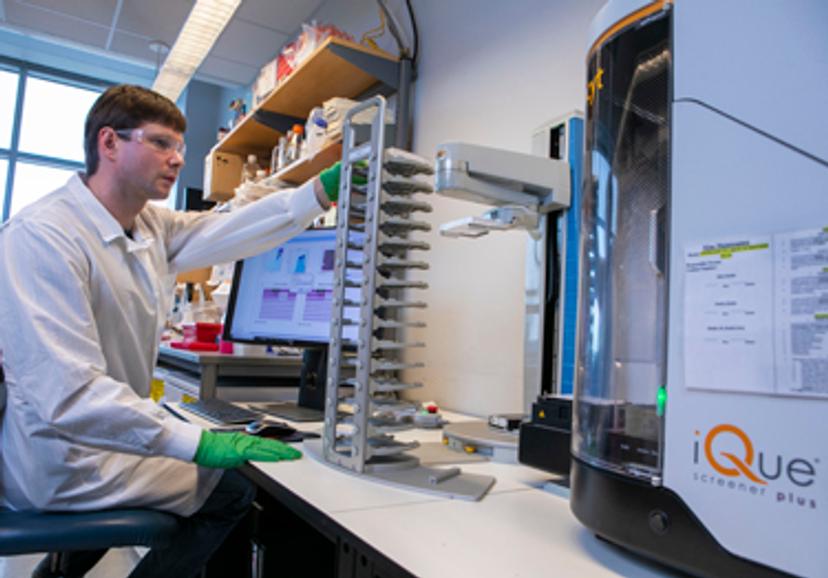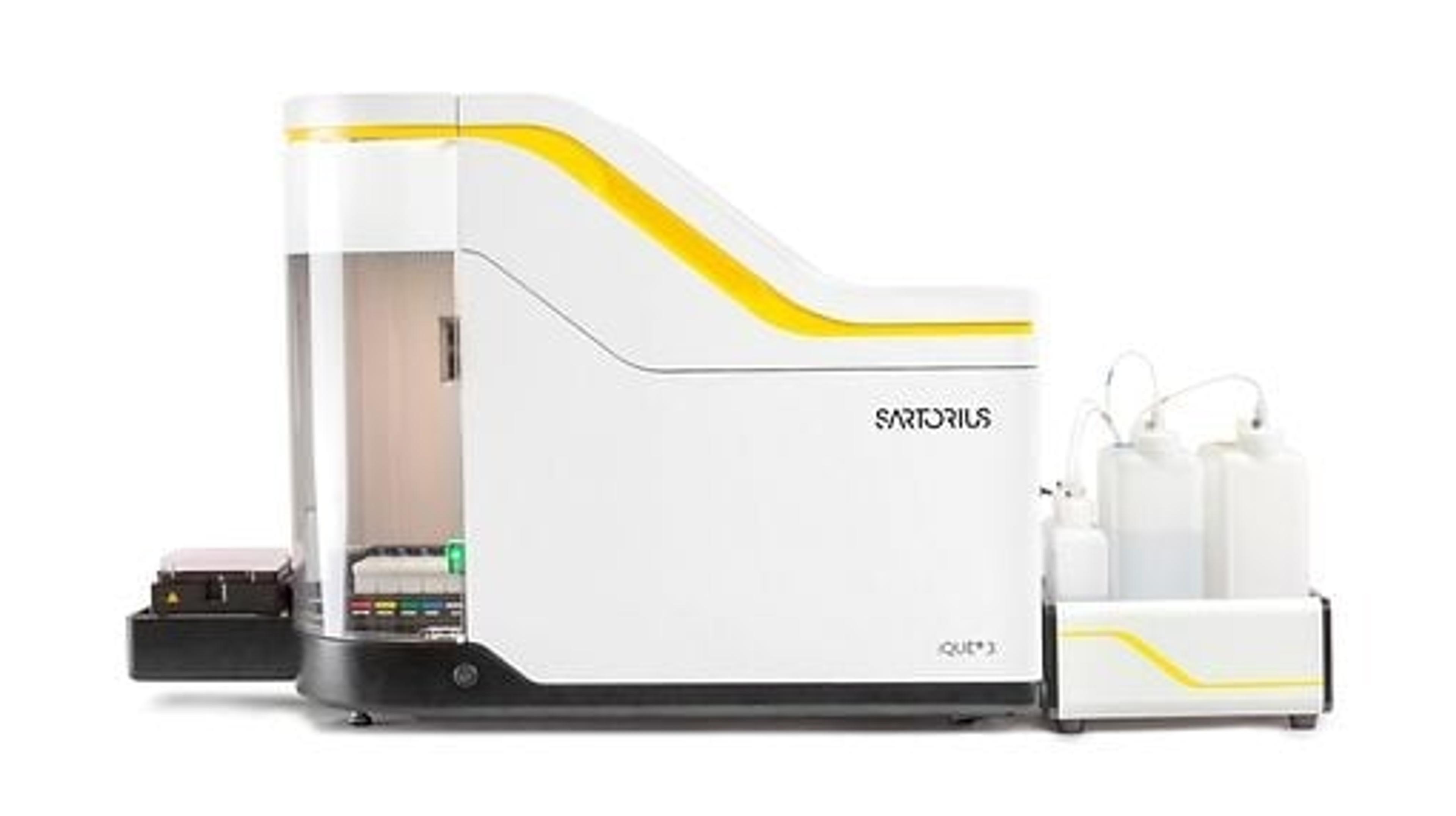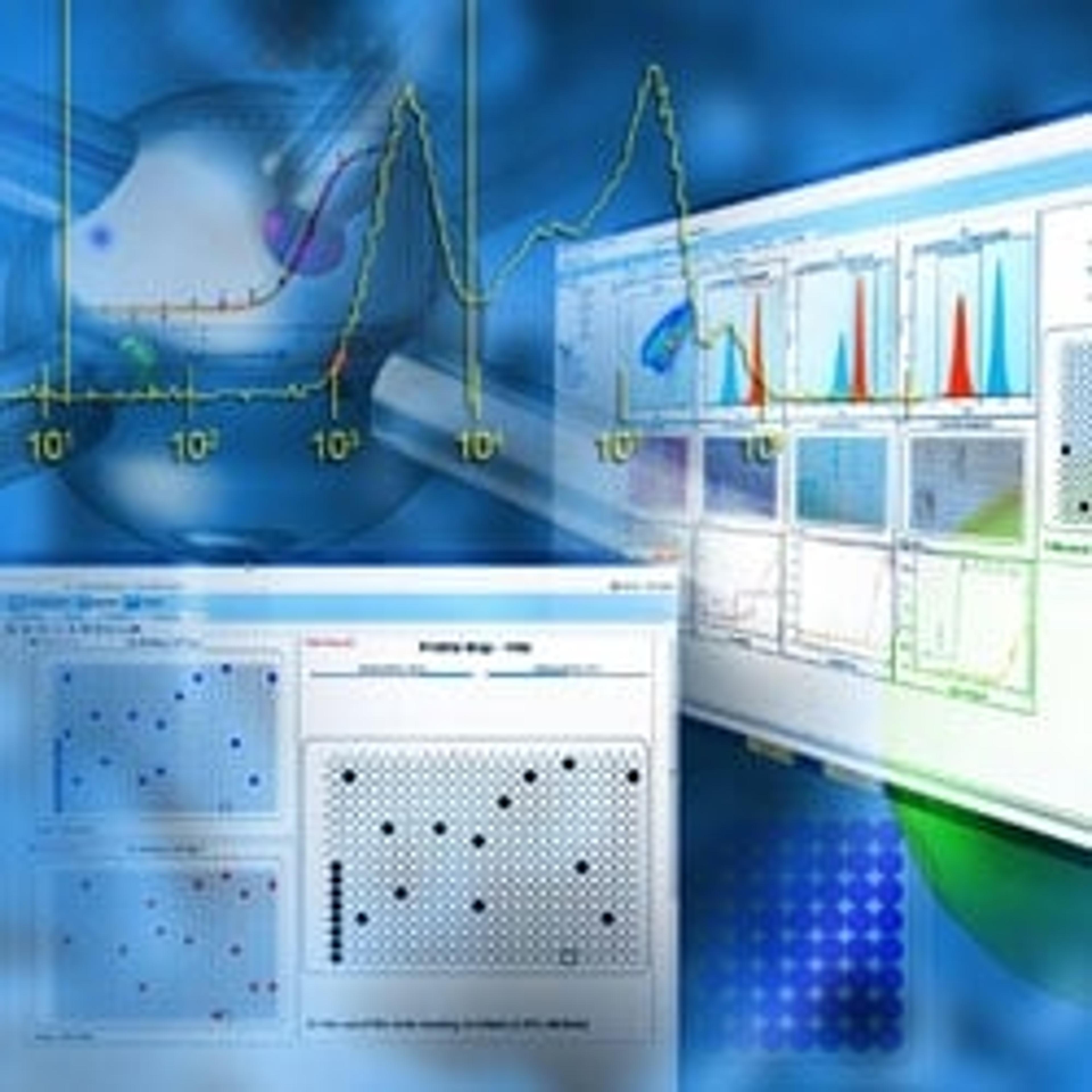Are two antibodies better than one?
Vanderbilt researchers use high-throughput data collection, analysis, and visualization to help understand synergy in therapeutic antibody cocktails
5 Aug 2020

As a senior staff scientist at Vanderbilt University Medical Center’s Vanderbilt Vaccine Center, Dr. Pavlo Gilchuk studies fundamental mechanisms of how human antibodies work to prevent viral infections, with a focus on therapeutic development. In addition to his own projects, he leads several collaborative antibody discovery projects.
In one of these, published earlier this year in Immunity1, an international group of scientists analyzed how antibodies in a cocktail cooperate to neutralize Ebola virus. Gilchuk and colleagues used a similar approach to look at cocktails against the SARS-CoV-2 virus, using antibodies from recovered COVID-19 patients infected in Wuhan, China, with findings that have been published in Nature Medicine and Nature 2,3.
Therapeutic antibody discovery typically focuses on the function of individual isolated antibodies – how the antibody’s variable region binds to its viral antigen, for example, or the downstream effector functions via the antibody Fc region interacting with its cellular receptor on innate immune cells. It has been shown in both animal models and field studies that monotherapy can be very efficient for both therapeutic and prophylactic applications against Ebola virus disease.
At the same time — although it has been less well studied how antibodies can work together — a cocktail consisting of two (or more) potent neutralizing antibodies may benefit anti-viral therapeutic development for multiple reasons, notes Gilchuk.
The first of these is to mitigate the risk of escape. If a virus mutates so as to change the epitope of one neutralizing antibody, a second neutralizing antibody – against a different epitope – can compensate for the loss of neutralizing function of the first antibody.
A second reason is to incorporate different mechanisms of protection. One antibody may act directly – blocking the ability of the virus to bind to its target, for example. Meanwhile, a second antibody may contribute an Fc-mediated effector function (such as antibody-mediated cytotoxicity), complementing the activity of the first antibody.
And the third reason Gilchuk cites is synergy. Here, each antibody in the cocktail works together, with the total neutralizing power being greater in combination than the sum of the antibodies’ individual contributions. This can be achieved, for example, when the binding of one antibody alters the structure of the second antibody’s epitope, enhancing antibody binding.
The filters
The authors had previously identified two therapeutic antibody candidates from patients who had recovered from an Ebola virus disease and wanted to screen for complementary partner antibodies that could create an even more potent cocktail. Four filter criteria were applied to more than 1,800 human antibodies reactive to the Ebola virus envelope glycoprotein (GP), which is the key target for neutralizing antibodies.
- The antibodies must display neutralizing activity against the wild-type Ebola virus.
- They must have broad reactivity against several Ebola virus species, on the assumption that these would target conserved epitopes which are less susceptible to escape mutation.
- They must display the capacity to protect against lethal Ebola virus challenge in a mouse model.
- And they must synergize with each other – in this case, with the previously identified antibodies – in binding to the GP.
We can see all the results after analysis and promptly visualize them as heat maps.
Dr. Pavlo Gilchuk Vanderbilt University
Advanced high-throughput flow cytometry
Gilchuk and his colleagues used a variety of tools to elucidate the mechanisms of antibody synergy, taken from a host of disciplines including virology, structural biology, and others.
“For [many of] our studies, the tool we used is cell surface-displayed glycoprotein,” which basically mimics the native conformation of the virus GP in the context of a membrane, Gilchuk explains. A few research groups have shown that antibody binding to cell surface GP (but not the recombinant protein molecule) predicts neutralizing activity. That translates into “a usable screening tool to discriminate between binding and function.”4,5
They couple the cell surface GP binding assays with advanced high-throughput flow cytometry for many of their assays. Among these assays, is the identification of antibodies showing differential binding to cleaved versus uncleaved GP (cleavage triggers the downstream infection cycle).
Another important feature was the extent of synergy between different antibodies in a cocktail. They explored this using modified antibody binding assays to identify synergistic interactions on the iQue® advanced high-throughput flow cytometry platform. The onboard Forecyt® software allows for visualization of this type of high-throughput data. “We can see all the results after analysis and promptly visualize them as heat maps … and do a quantitative analysis,” Gilchuk says.
This next-generation flow cytometry equipment “definitely provides a technical benefit for antibody analysis,” he explains. Especially when dealing with so many samples, an important feature is automation – basically a robot that can sample from multiple plates without the need to manually deal with tubes. “We can consider [this] high-throughput two-dimensional analysis,” says Gilchuk, “and this was essential for our work.”
We asked Dr. Gilchuk about future challenges faced by therapeutic antibody discovery:
The nature of an outbreak cannot be predicted, and some viruses mutate so quickly that monoclonal antibodies that were found to be effective against a previous virus may not potently neutralize the new, mutated, virus. One example is SARS-COV-2 that is antigenically distinct from SARS-CoV (SARS1), so most previously identified neutralizing antibodies against SARS-CoV do not potently neutralize SARS-CoV-2. Other examples of ‘difficult targets’ for cross-neutralizing mAbs include influenza viruses, filoviruses, and HIV.
The other challenge for antibody discovery programs is that the nature of protective immune responses cannot be predicted. Thus, neutralizing antibody responses to some pathogens are developed rapidly within a week upon infection (e.g., recall responses for influenza viruses), while for other pathogens like Ebola or HIV it may take a much longer time (a few months to years) to develop strong neutralizing antibody response. Rapid discovery of potent antibodies that are suitable for therapeutic development for such pathogens [present] obvious challenges.
Do you use Sartorius products in your lab? Write a review today for your chance to win a $400 Amazon gift card>>
References
Gilchuk, P., Murin, C. D., Milligan, J. C., et al. Analysis of a Therapeutic Antibody Cocktail Reveals Determinants for Cooperative and Broad Ebolavirus Neutralization. Immunity. 2020;52(2):388-403.e12.
Zost, S. J., Gilchuk, P, et al. Rapid isolation and profiling of a diverse panel of human monoclonal antibodies targeting the SARS-CoV-2 spike protein. Nat. Med. https://doi.org/10.1038/s41591-020-0998-x (2020).
Zost, S. J., Gilchuk, P., Case, J.B. et al. Potently neutralizing and protective human antibodies against SARS-CoV-2. Nature. https://doi.org/10.1038/s41586-020-2548-6 (2020).
Gilchuk, P., Kuzmina, N., Ilinykh, P. A., et al. Multifunctional pan-ebolavirus antibody recognizes a site of broad vulnerability on the ebolavirus glycoprotein. Immunity;49(2):363-374 (2018).
Davis, C. W., Jackson, K. J. L., McElroy, A. K., et al. Longitudinal analysis of the human B cell response to Ebola virus infection. Cell; 177(6):1566-1582 (2019).


